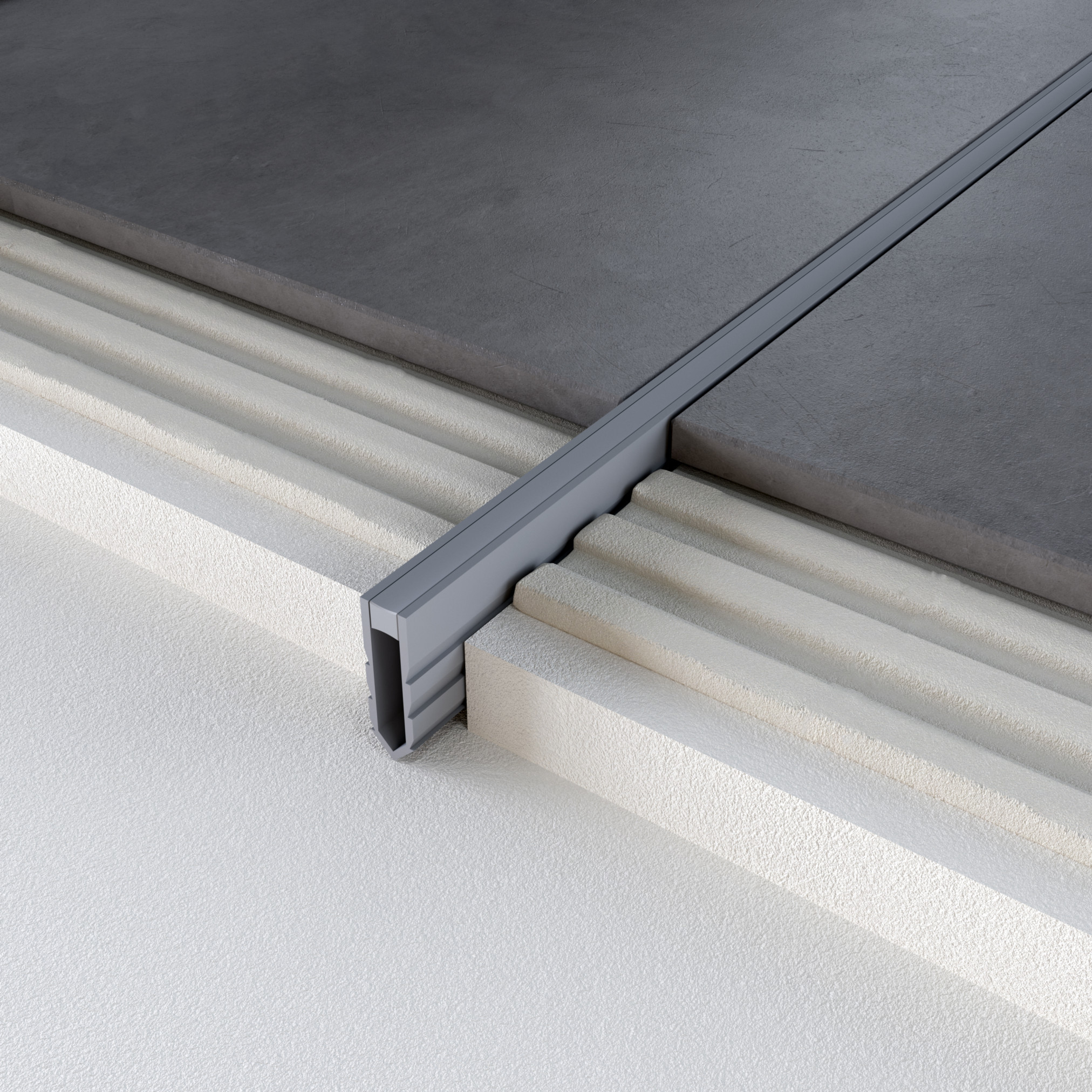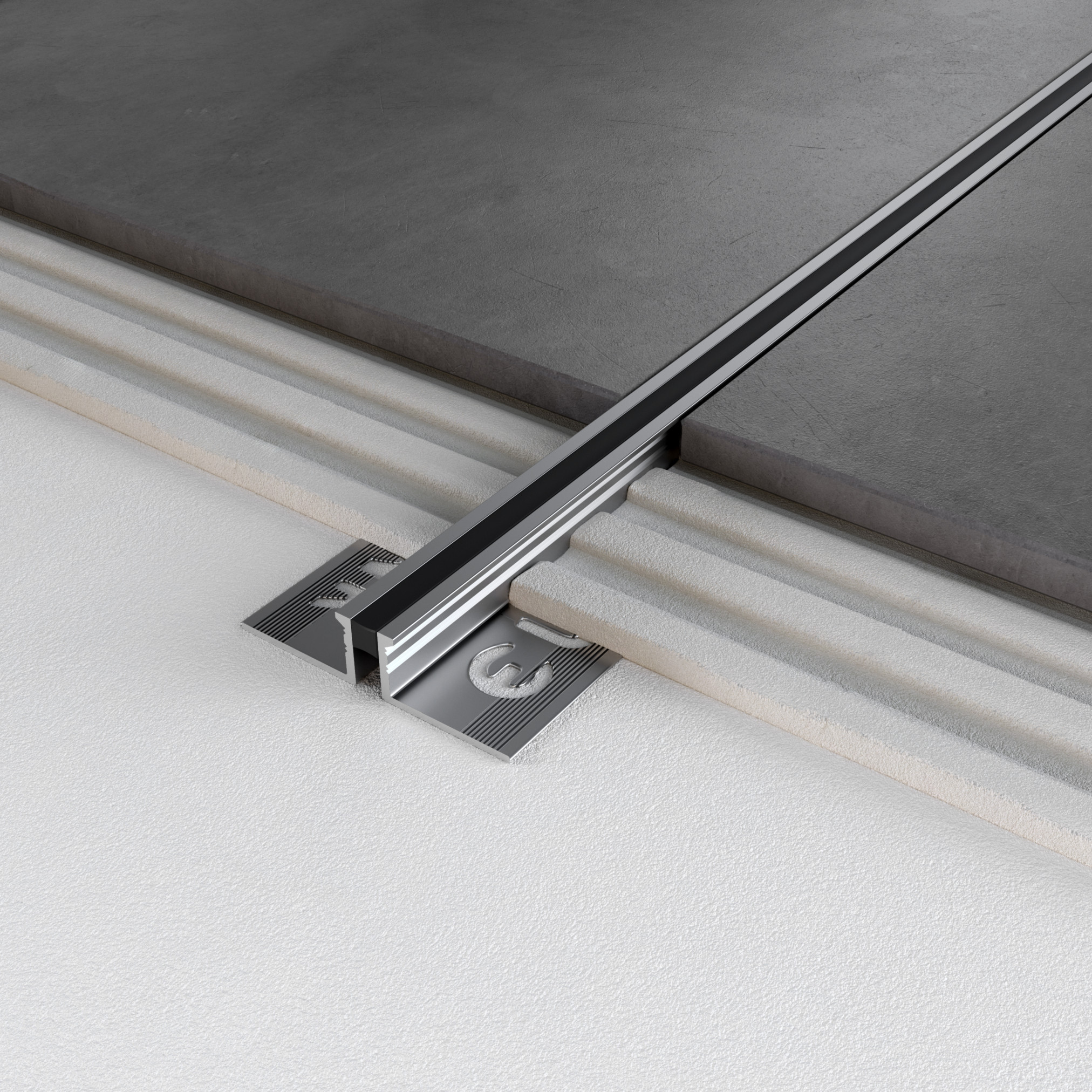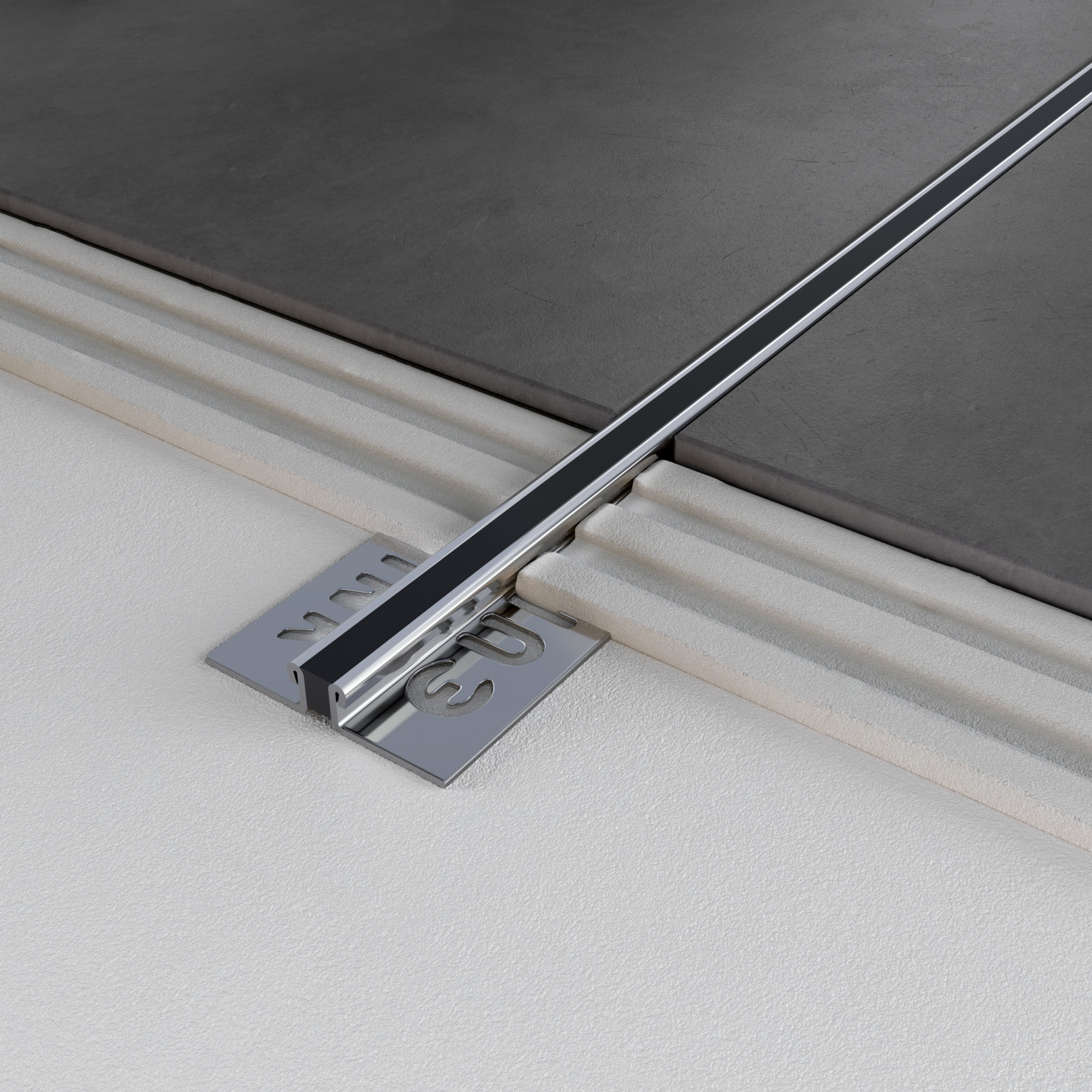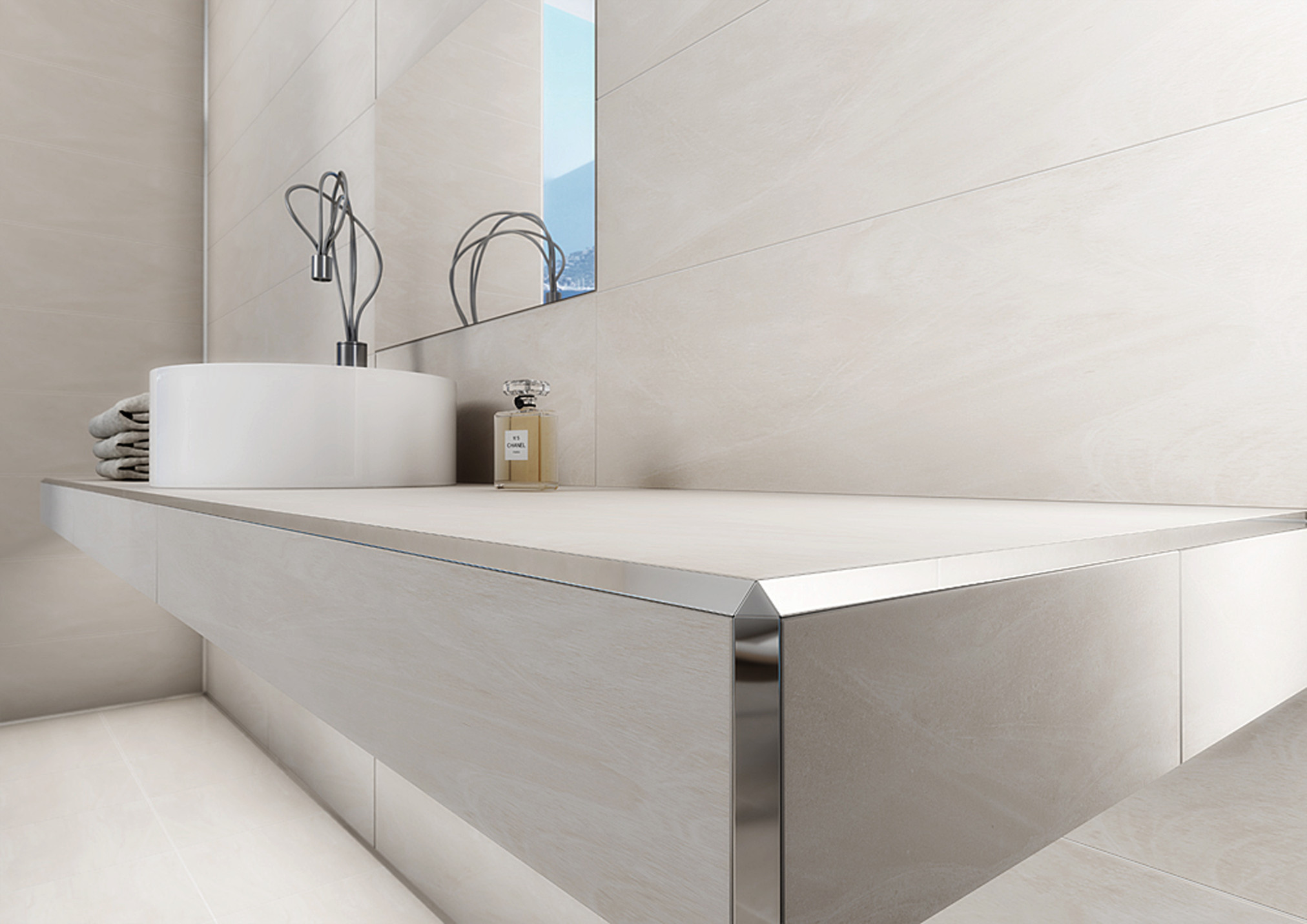

Did you know that more than 70% of cracking problems in buildings are due to a lack or poor installation of expansion joints? These elements are essential to absorb movements and deformations in the structures, guaranteeing their integrity and prolonging their useful life. They allow for the expansion and contraction of materials due to factors such as changes in temperature, humidity, structural loads and soil settlement, preventing cracks and permanent deformations.
Structures are in constant motion due to various external and internal factors. Temperature, humidity and loads can cause expansion or contraction of materials, which generates stresses that, if not properly managed, can lead to cracks, fissures or structural failure.
Expansion joints are controlled spaces that allow this movement without compromising the stability of the assembly. In large buildings or in those that combine different materials with different expansion coefficients, their installation becomes essential. To ensure a quality installation, products such as Eurojoint 185 and Eurojoint 186 are ideal, as they combine flexibility and strength in ceramic and natural stone flooring.
Now that we know how they work, it is essential to understand which factors influence which we should choose.

Selecting the right expansion joint depends on several factors. One of the most important is the type of material, since not all have the same coefficient of expansion. The choice should consider whether it will be applied on concrete, ceramic, metal or other materials. In addition, weather conditions play a key role. In extreme climates with large temperature fluctuations, the expansion joints need to be more flexible and resistant to withstand sudden changes in temperature without losing efficiency.
Another determining factor is the structural load. The intensity of pedestrian or vehicular traffic directly influences the resistance that the joint must offer. In pavements with high traffic, it is crucial to use models specifically designed to absorb stresses without premature deterioration. Also, the location within a building defines which type of joint is most suitable. Joints in pavements require different characteristics than those used in walls or roofs. For these cases, options such as Eurojoint 214A and Eurojoint 223A in aluminium offer greater durability and movement absorption.
For example, in modern skyscrapers, expansion joints in upper floors must be more flexible due to wind-driven oscillations. Choosing the right joint based on these criteria will ensure greater structural stability and better stress absorption efficiency.

These joints separate independent blocks of a building to prevent the transfer of loads and allow each section to move without generating undesired stresses. They are usually found in large buildings, bridges and civil engineering works.
Designed to absorb the effects of temperature variation on materials, they prevent thermal expansion or contraction from causing permanent deformation. They are essential in extreme climates where temperature changes can be abrupt.
These are installed to separate construction phases or materials with different mechanical properties. In projects where concrete and steel are combined, for example, these joints ensure that each material behaves independently without generating stresses.
These are used to absorb vibrations and movements caused by industrial machinery or heavy traffic. Their correct use reduces the risk of cracking due to structural fatigue. For these cases, Eurojoint 223S in AISI 304 stainless steel is an excellent option, since it offers high resistance to tension and abrasion.
Located between floors and walls, they minimise sound transfer and prevent floor movement from generating cracks in the walls. They are especially useful in large surface constructions, where soil expansion is more pronounced.

Incorrect installation may compromise the functionality of the joints. Some common errors include:
Not all joints are suitable for all applications. Using a low-strength joint in a heavily trafficked pavement can lead to premature deterioration.
If the joints are not placed at strategic points in the structure, they may not perform their function properly.
Inadequate sealing can allow moisture to enter, weakening the joint and causing leaks or corrosion in metal structures.
Failure to periodically check the condition of joints may cause damage to go unnoticed until it causes major problems.
If you are planning a construction site, we suggest you to see our article Common mistakes in profile installation and how to avoid them, where we analyse the most frequent problems and how to avoid them.

The construction industry is constantly evolving, and expansion joints are no exception. One of the major recent innovations is the development of more flexible and resistant materials, such as elastomers and high-durability polymers, which allow greater absorption of movements without losing elasticity over time. This significantly improves the service life of joints and their ability to adapt to various climatic and structural conditions.
Another notable improvement is the implementation of more efficient installation systems. Currently, pre-assembled joints are available for simple installation and a considerable reduction in construction time. This type of solution optimises the construction process, minimising errors and guaranteeing a precise fit in different types of structures.
In addition, sustainability has taken centre stage in the sector. Joints made from recyclable materials and using more environmentally friendly production processes have been developed, contributing to the reduction of environmental impact in construction. These solutions not only offer strength and durability, but also comply with more demanding environmental regulations, promoting more environmentally responsible building.
Expansion joints are essential elements in any construction project, as they prevent structural damage due to thermal and mechanical movements. Proper planning, selection and installation can make the difference between a durable building and one with recurring cracking and cracking problems.
With Euroshrink's range of solutions, it is possible to find the ideal expansion joint for every need, ensuring quality, strength and regulatory compliance.
If you want to better understand how these elements work in modern architecture, see our guide on Aluminium Profiles in Construction.
Do you need guidance for your project? Consult our catalogue and find the best option for your project. Contact us and receive and receive personalised guidance to ensure an efficient and durable installation.

